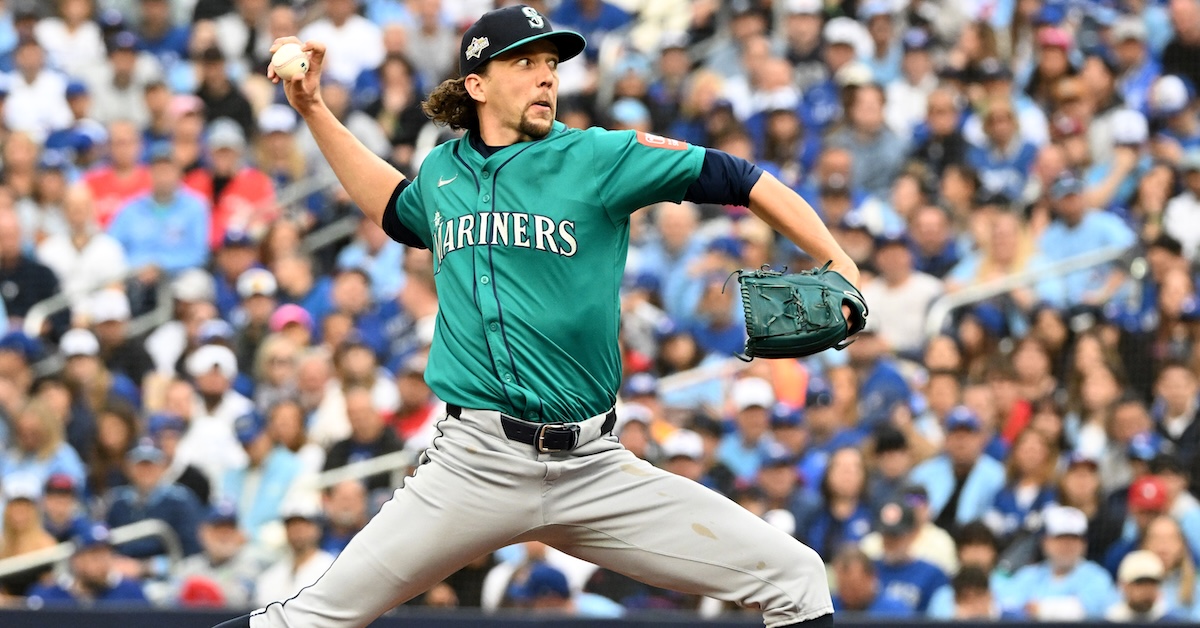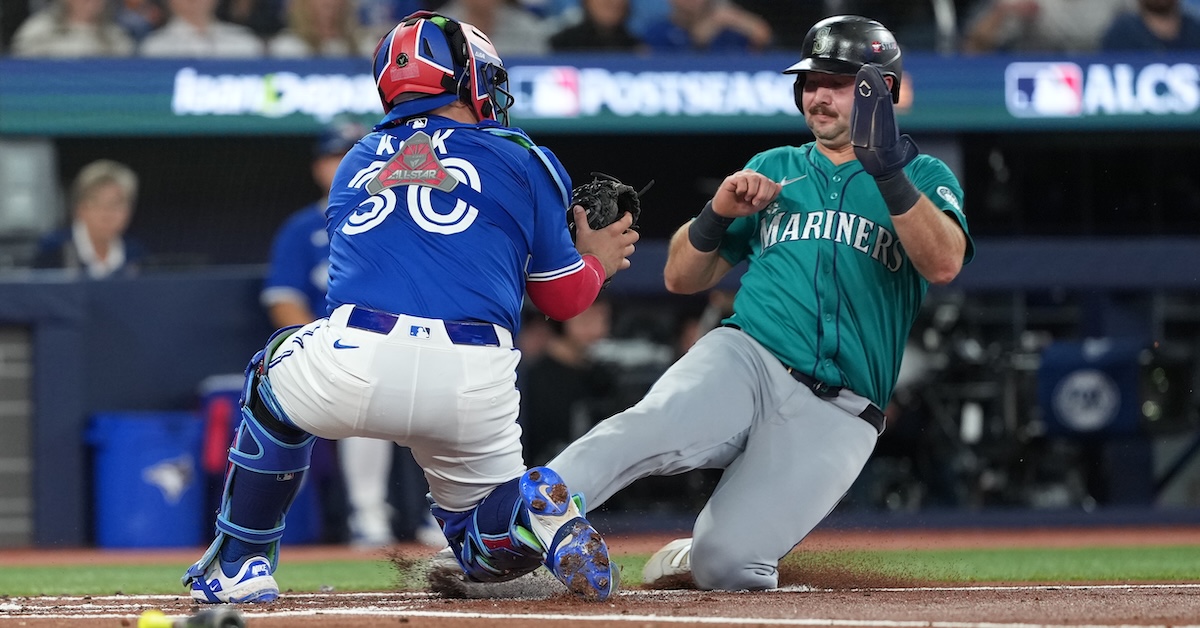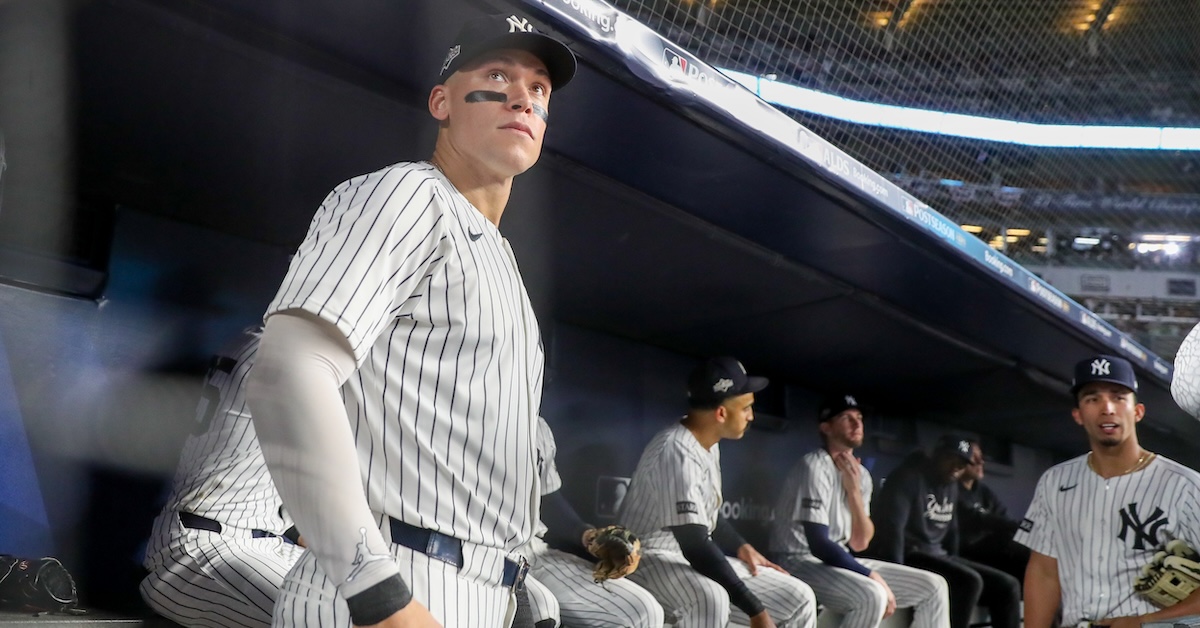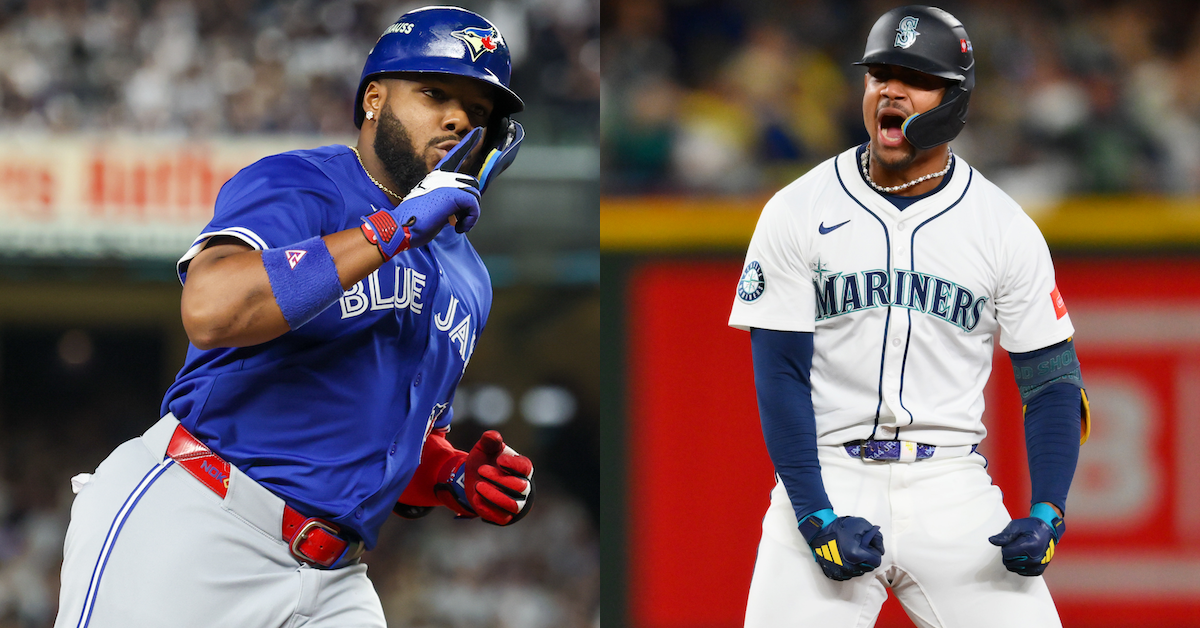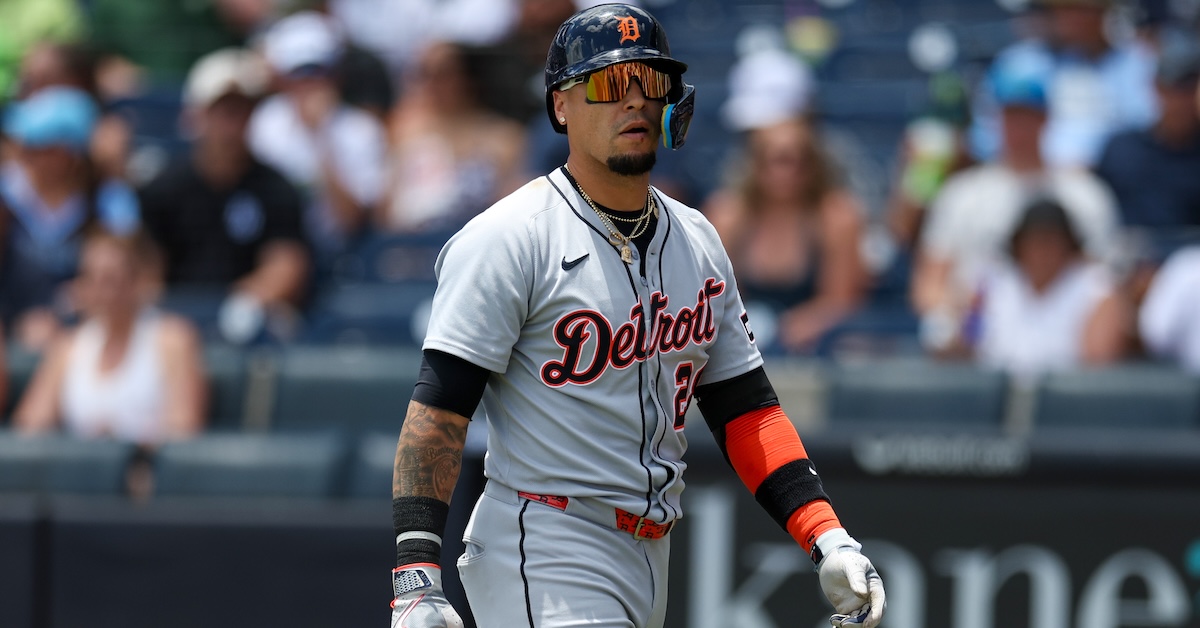Blake Snell Dominates Brewers as Dodgers Take NLCS Game 1
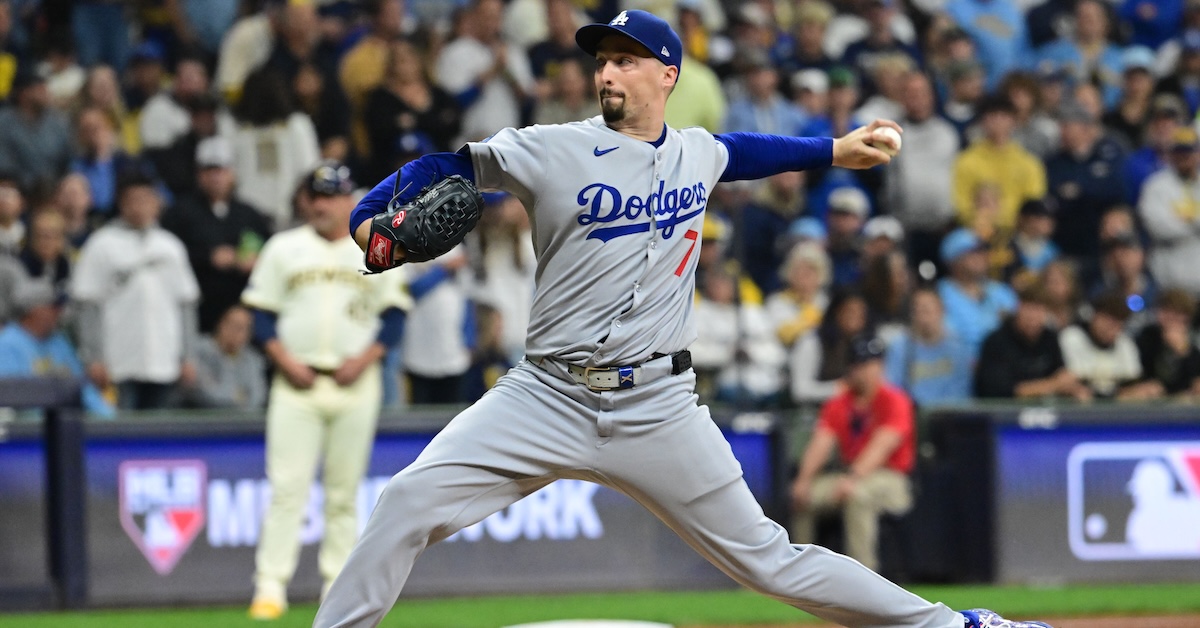
Say what you want about Blake Snell. You may not find his Only Use Strike Zone in Case of Emergency pitching style fun to watch, but in Game 1 of the National League Championship Series, the Brewers found it even less pleasant to hit against. Snell carved through a Milwaukee lineup that scored 22 runs in the NLDS like a knife through nothing at all, ending his night by retiring 17 straight. He faced the minimum over eight innings in an absolutely dominant performance as the Dodgers beat the Brewers, 2-1, to take a 1-0 lead in the NLCS.
A prolonged bout of shoulder inflammation limited Snell to just 11 starts and 61 1/3 innings this season, but over those 11 starts, he was excellent, running a 2.35 ERA and 2.69 FIP. He’d been even better in the playoffs, earning wins against the Reds and Phillies and allowing just two runs, five hits, and five walks while striking out 18. On Monday night, he made those performances look like warmup outings. Snell went eight innings for just the second time in his entire career, and finished with 10 strikeouts, no walks, and one hit. That one hit was a weak line drive that third baseman Caleb Durbin dumped into center field in the third inning. Durbin then broke for second way too early, allowing Snell to throw over to first and catch him easily at second. “You gotta disrupt it,” said Milwaukee manager Pat Murphy between innings. “You gotta do something. He looks really sharp.” The Brewers didn’t do anything.
It wasn’t surprising to see Snell dealing, but it was surprising to see him not walking anyone. The game plan for the Brewers was simple, if difficult to execute. They had the lowest chase rate and the sixth-highest walk rate in baseball this season. They needed to be patient and force Snell to throw the ball in the zone. The Dodgers wanted the same thing. “I can’t have him nibble,” said Los Angeles manager Dave Roberts before the game. Snell didn’t nibble. He hit the zone 50% of the time, well above his regular season rate of 44%, and only a hair under the major league average of 51%. It was just the third time in the past two seasons that he’d gone without a base on balls. His changeup was particularly devastating, and he threw it 37% of the time, the second-highest rate of his entire career. Between innings, he sat on the bench and flipped through a half-inch three-ring binder that held either scouting reports or notes for an AP chemistry midterm. Read the rest of this entry »

